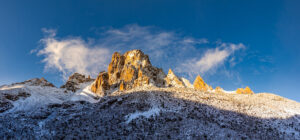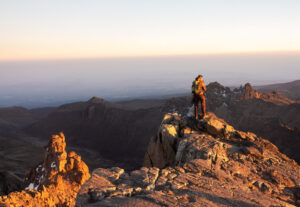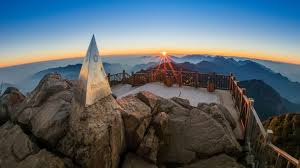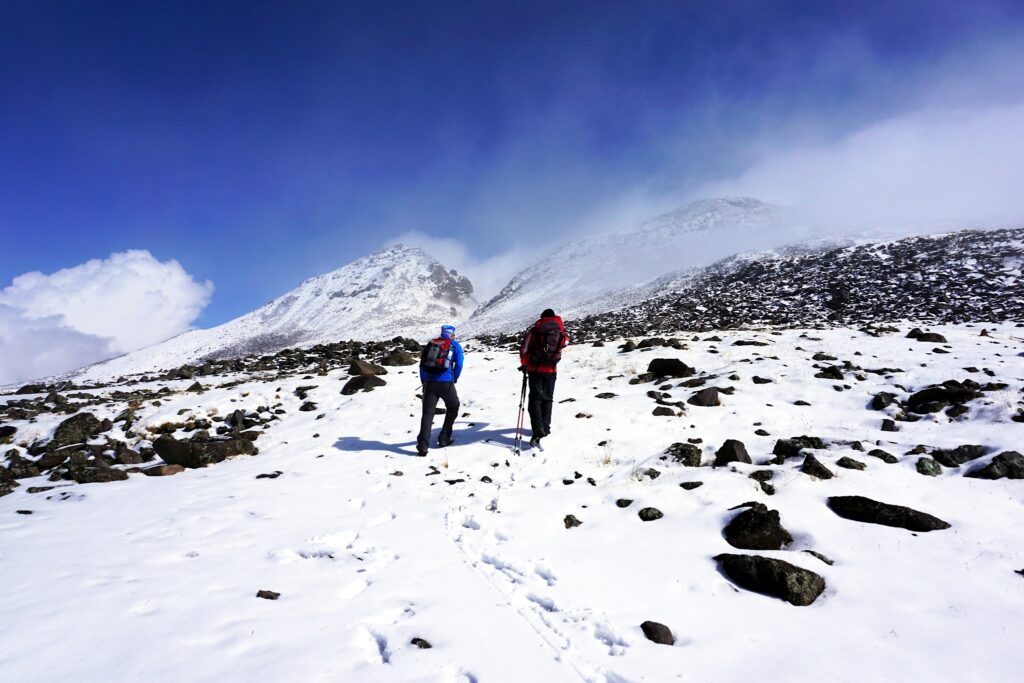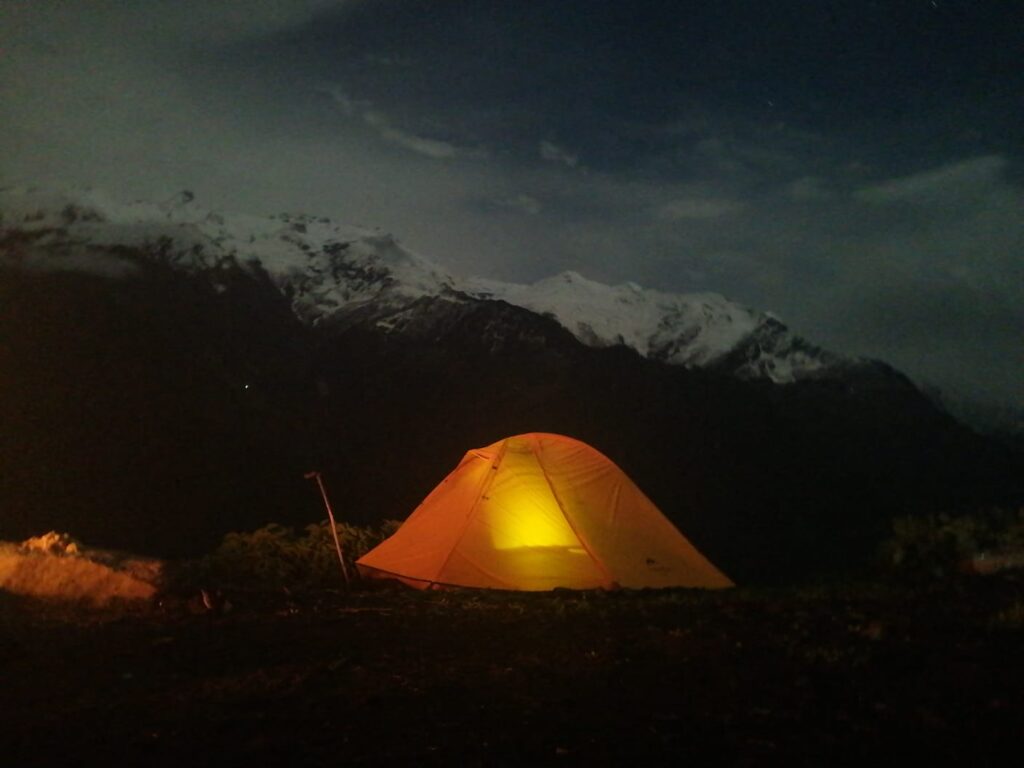- Overview
- Trip Outline
- Trip Includes
- Trip Excludes
- Gallery
- Booking
- FAQ
Mount Kenya: Hike to the Second-Highest Summit in Africa
As a mountain, Mount Kenya stands as the second highest in Africa at 5,199 meters or 17,057 feet. It provides breathtaking trekking and climbing adventures and is situated in central Kenya. Being a UNESCO World Heritage Site puts it at the top pedestal, be it from a geographical and cultural perspective.
This mountain was created by volcanic eruptions three million years ago, and to present, it is known for jagged peaks, glaciers, and diverse ecosystems. Mount Kenya has three summits: Batian is 5,199 meters, Nelion is at 5,188 meters, and Point Lenana at 4,985 meters. The third summit with technical climbing skills is Point Lenana, while the first two-Batian and Nelion-will only have few access privileges for climbers.
Travelers, in their ascent of Mount Kenya, pass through different climatic zones from bamboo forests with montane vegetation to vast heathlands, moorlands, then alpine desert. The trek is very rewarding as there are giant lobelias and groundsels and big game like buffaloes and elephants.
There are lots of trails to the summit, but Sirimon to Chogoria Route stands alone concerning scenery diversity. Up Sirimon, as one goes, the ascent leads the climber through mostly dense forests and then through alpine meadows. The descent via the Chogoria route treats the trekkers to dramatic landscapes including cliffs, waterfalls, and Gorges Valley.
Apart from its visual beauty, Mount Kenya assumes a spiritual importance in the eyes of the Kikuyus. Ngai, their God, lives on the summits. Such a thing infuses a flavour of sanctity to the experience.
Mount Kenya has been a dream destination for both adventure lovers and the seekers of peace. The fantastic landscapes, diversified ecosystems and cultural heritage of Mount Kenya present a less forgettable African adventure.
Equipment List
- Walking boots (take them in the plane with you in case your baggage goes astray) (We can supply boots in an emergency on extra charges, but climbing in boots you have not worn in is not to be recommended, it is really best to travel either wearing your boots or carrying them in your hand luggage, so that you have them if your luggage goes astray)
- A warm waterproof hiking jacket
- Warm trousers
- Shorts or light trousers for walking in the tropical rain forest
- T-Shirts
- Sun Hat
- Warm gloves (we can hire on request)
- Balaclava or warm hat
- Gaiters (waterproof if possible)
- Rain gear (rain cape, waterproof over trousers)
- Thermal underwear
- Warm hiking socks
- Sandals or light shoes for the evening
- Cotton socks
- Sunglasses with high UV protection
- A small rucksack for your personal belongings, which you will carry with you –it should be waterproof, or you must put everything in plastic bags –You are advised to always keep your passport and other valuables on your person.
- A big waterproof bag (see note above) max 16 -18 kgs in weight when full for the porters to carry, with a padlock or luggage lock .
- A head lamp
- A water bottle or camel bag. Toilet Paper (supplied, but emergency only)
- wipes
- Sun cream (maximum protection)
- Insect repellent for safari.
- Plasters in case of blisters (Compeed)
- A small First Aid Kit
- A Yellow Fever Vaccination Certificate(obligatory)
- Malaria Prophylaxis (recommended, you should speak to your doctor about this, it is better to start taking it in advance of your trip in case you do not tolerate it))
- you will have three copious meals a day on the mountain, plus hot drinks and water and snacks, but some people like to bring energy bars
- Sleeping bag
- Trekking Poles
- Insurance Cover- You should be adequately covered by insurance, which must cover the altitude and activities in your itinerary, and the
Cost of repatriation and evacuation by helicopter if you become too ill to continue. You must declare any pre-existing medical conditions to the insurance company. We advise you to take out appropriate insurance at the time of making the booking, as this will safeguard your payments should you subsequently have to cancel for an insured reason.
31)Photocopies of your passport –one to leave with us before your climb-or you may choose to leave your passport in our safe or the hotel safe and take the photocopy with you –If you take your passport, please make sure it is protected against the rain.
Please remember that it can rain heavily on Kilimanjaro –all your gear should be protected against the rain.
Inclusion :
-
- To & fro flight (Economy class) from Mumbai to Nairobi & Return.
- VISA
- Airport transfers and transportation to/from park gate.
- All permit inside the national park.
- Park, camping, and rescue fees
- 1 night stay in nairobi on last day.
- Tips for guide(s), porters, and cook.
- Mountain tent and mattress/ Wooden cottage during the trek
- Professional English-speaking guide(s), porters, and cook
- All meals during the trek.
Exclusion
- Passport fees
- Any buffer day if added in Nairobi extra ($170 per day which includes your stay & breakfast only)
- Add on activities like Wildlife safari & day tours.
- Increases in park fees where applicable
- Personal equipment and sleeping bag.
- Travel insurance
- Soda and alcoholic beverages are not included.
No Details Found


